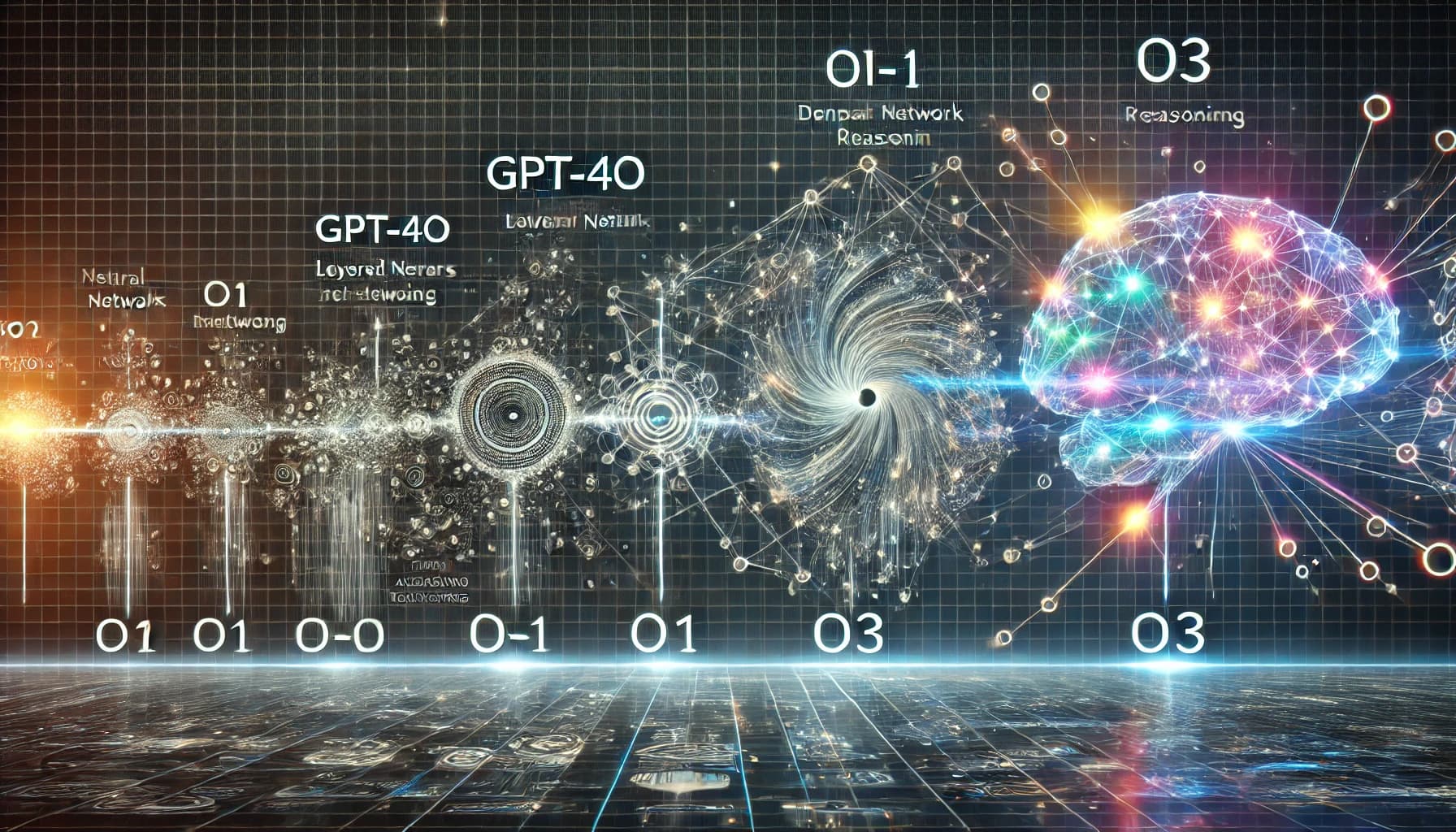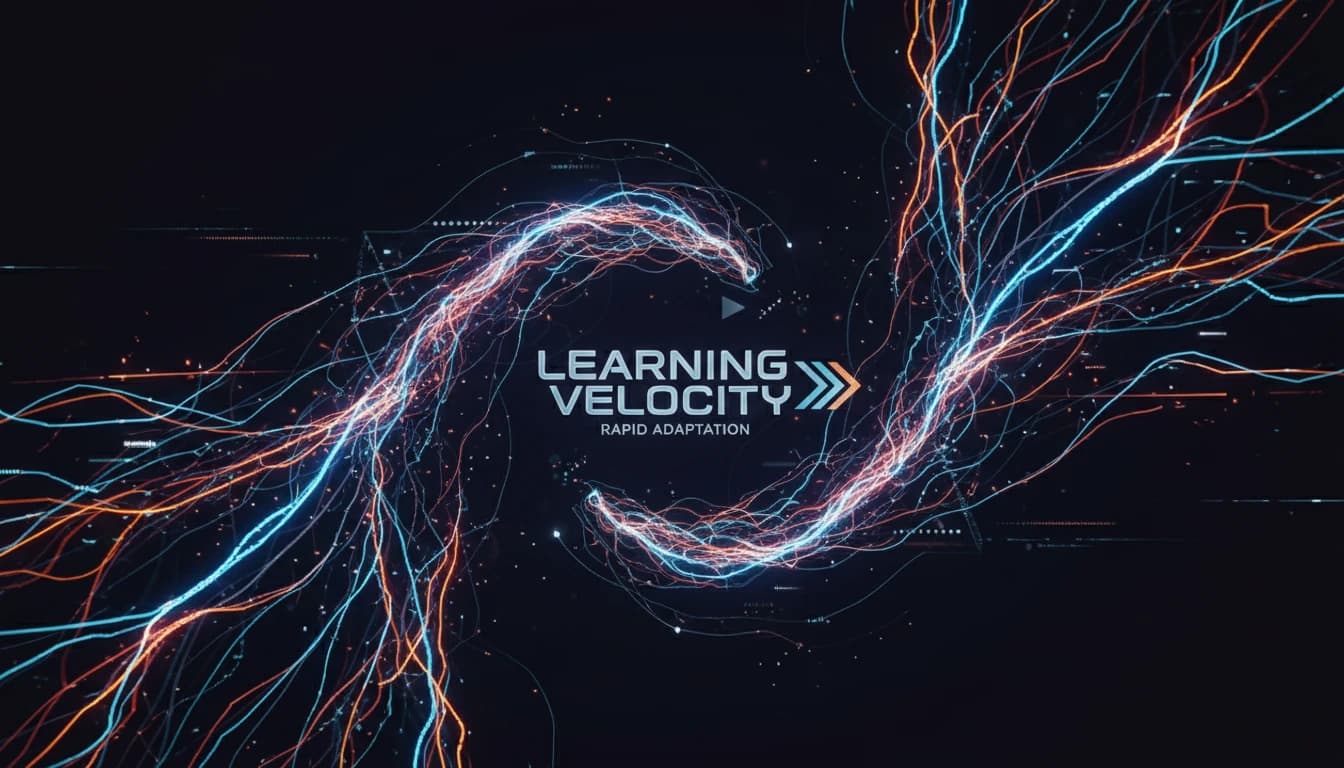OpenAI's o3 Model: A Leap Forward in AI Reasoning and Performance
Introduction
Artificial Intelligence is advancing at a breakneck pace, with each new model setting unprecedented benchmarks. OpenAI’s latest innovation, the o3 model, is no exception. Designed to surpass its predecessors, GPT-4o and o1, the o3 model introduces transformative capabilities in reasoning and performance, setting a new standard for AI excellence. This article explores the advancements of o3, its performance on benchmarks like ARC-AGI, and its potential impact across industries.The Evolution of OpenAI’s Models
GPT-4o: Setting the Foundation
GPT-4o was a milestone in natural language understanding and generation. Known for its impressive general-purpose abilities, it laid the groundwork for advanced reasoning. However, it faced challenges in solving abstract reasoning tasks, a critical component for achieving AGI (Artificial General Intelligence) ([Business Insider](https://www.businessinsider.com/sam-altman-openai-new-o1-model-capabilities-agi-2024-9?utm_source=chatgpt.com)).o1: Enhanced Reasoning
Building on GPT-4o, the o1 model introduced innovations like chain-of-thought reasoning, enabling the model to break down complex problems into step-by-step solutions. While this improved performance on logical and mathematical tasks, it still struggled to match human-level reasoning on benchmarks like the Abstraction and Reasoning Corpus (ARC) ([Scale AI Blog](https://scale.com/blog/first-impression-openai-o1?utm_source=chatgpt.com)).Introducing the o3 Model
The o3 model represents a quantum leap in AI capabilities. By leveraging architectural advancements and training at an unprecedented scale, o3 redefines what’s possible in artificial intelligence.Key Features of o3
- **Advanced Reasoning Capabilities**: o3 demonstrates near-human or even superhuman performance on complex reasoning tasks. - **Enhanced Contextual Understanding**: The model excels at maintaining coherence in extended interactions. - **Efficiency and Scalability**: Despite its complexity, o3 incorporates optimizations that make it more computationally efficient than its predecessors.Benchmark Performance: ARC-AGI
Understanding ARC-AGI
The Abstraction and Reasoning Corpus (ARC) is a benchmark designed to test an AI’s ability to generalize and reason abstractly. Unlike traditional benchmarks, ARC emphasizes creativity and problem-solving without relying on large datasets for pattern recognition ([Scale AI Blog](https://scale.com/blog/first-impression-openai-o1?utm_source=chatgpt.com)).o1’s Performance
The o1 model achieved notable progress on ARC-AGI, scoring around 67%. While this was a significant step forward, it still fell short of human-level performance, highlighting the challenges of abstract reasoning for AI systems.o3’s Breakthrough
The o3 model shattered expectations with a record-breaking score of 87.5% on ARC-AGI, surpassing human performance. This milestone demonstrates o3’s unparalleled ability to reason abstractly, making it a frontrunner in the quest for AGI ([Beebom](https://beebom.com/openai-unveils-o3-model-cracks-arc-agi-benchmark/?utm_source=chatgpt.com)).








